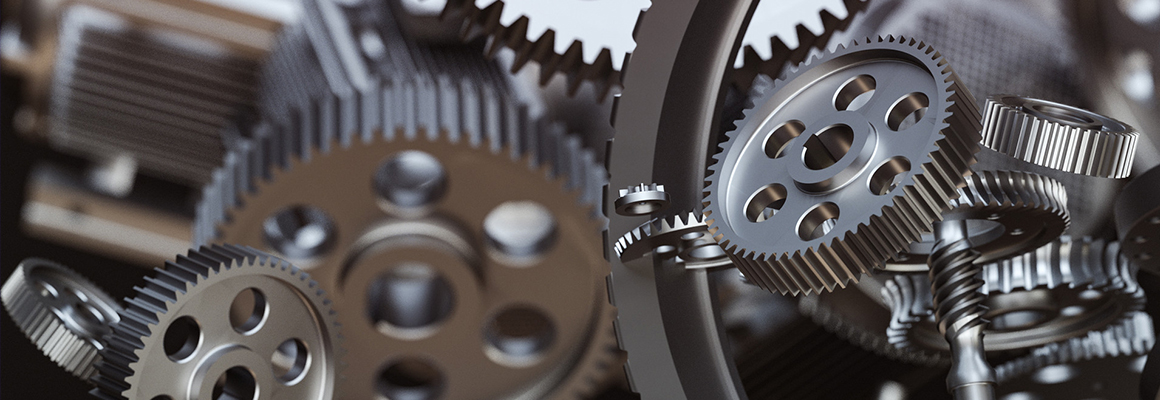Diamond Concrete Grinding Shoes vs. Traditional Grinding Methods: Which Reigns?
When it comes to surface preparation, the tools you choose can make a world of difference. Among these tools, diamond concrete grinding shoes stand out as a revolutionary option compared to traditional methods. In this article, we’ll delve into the unique features of diamond grinding shoes, their benefits, and how they stack up against conventional grinding methods.
Are you interested in learning more about diamond concrete grinding shoes? Contact us today to secure an expert consultation!
Understanding Diamond Concrete Grinding Shoes
Diamond concrete grinding shoes are specialized attachments used on grinding machines designed for polishing and honing concrete surfaces. These shoes feature diamond segments embedded in a metal base, providing a lasting and efficient tool for surface treatment. Diamond's hardness allows for exceptional grinding performance, offering a superior finish compared to other materials.
The Advantages of Diamond Grinding Shoes
1. Enhanced Durability
One of the most significant advantages of diamond grinding shoes is their remarkable durability. Diamonds are among the hardest materials on Earth, enabling these tools to withstand wear and tear over extensive use. Traditional grinding methods often rely on softer materials, which may wear down quickly, leading to the need for frequent replacements.
2. Superior Grinding Power
Diamond grinding shoes efficiently remove concrete surfaces, achieving smoother finishes in a shorter amount of time. Their aggressive cutting capabilities can effectively tackle tough slabs, saving both effort and costs in the long run.
3. Versatility
These grinding shoes are versatile and can be used on various surfaces. Whether working on floors, walls, or countertops, their adaptability makes them suitable for numerous applications. They come in various grits, allowing users to choose the right option for their specific project requirements.
Traditional Grinding Methods: An Overview
Traditional grinding methods include using hand-held grinders, floor buffers, and even sanders. While these tools can be effective, they often have limitations that can impact the quality and efficiency of the work.
1. Speed and Efficiency
In many cases, traditional methods may require significantly more time to achieve a finish comparable to diamond grinding shoes. The slower cutting rates can lead to longer working hours and increased labor costs, making diamond methods a more economical choice for large projects.
2. Finish Quality
The finish achieved with traditional grinding tools may not meet the same high standards as those produced using diamond grinding shoes. Uneven surfaces or inadequate polishing can often result from the limitations in cutting power. In contrast, diamond shoes provide a finer finish with minimal effort.
A Comparison of Cost-Effectiveness
While the initial investment in diamond grinding shoes might be higher, their longevity and efficiency can lead to greater savings over time. By reducing operation times and extending the lifespan of the tool, users ultimately enjoy a better return on investment compared to traditional grinding methods.
Conclusion: Which Method Should You Choose?
In conclusion, while traditional grinding methods have their merits, diamond concrete grinding shoes provide significant advantages in durability, efficiency, and finish quality. For professionals looking to enhance their surface preparation processes, diamond grinding shoes often emerge as the preferred choice.
Investing in these high-performance tools can lead to flourished results and less downtime, ultimately streamlining operations. Whether you are a contractor or a DIY enthusiast, weighing the benefits of diamond grinding shoes against traditional methods will help you make an informed decision for your next project.
With the right tools in hand, achieving that perfect concrete finish is well within reach!
For more concrete grinder diamond discinformation, please contact us. We will provide professional answers.


